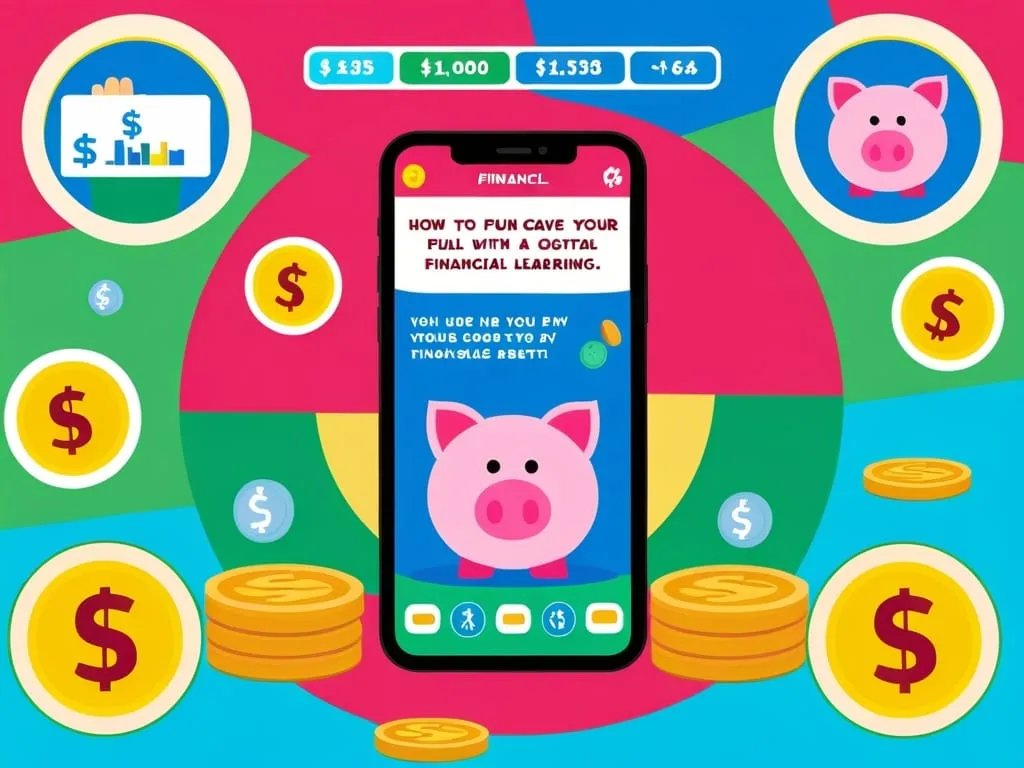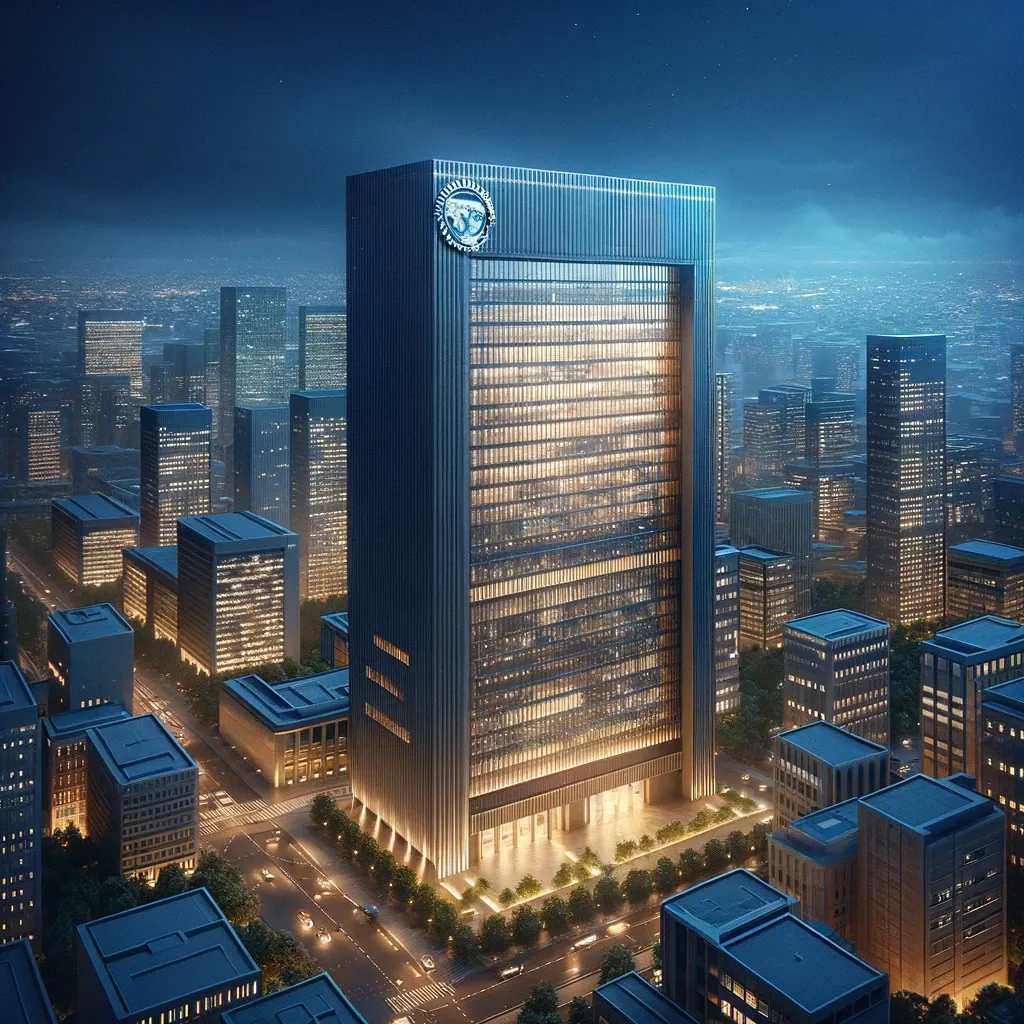As we step into 2025, the world is faced with a daunting reality: food security is under siege from multiple fronts. The intricate web of global food systems is being stretched to its limits by a combination of climate change, water scarcity, land degradation, rising food prices, and geopolitical conflicts. These challenges are not just abstract issues; they have real, tangible impacts on the lives of millions of people around the globe.
Let’s start with the most visible and perhaps the most insidious of these challenges: climate change. Rising temperatures and shifting rainfall patterns are altering the very foundations of agricultural productivity. Imagine a farmer in the tropics, who for generations has planted maize at the same time every year, only to find that the changing climate has made it impossible to predict the optimal planting season. This is not a hypothetical scenario; it is the harsh reality for many farmers today. Climate models predict that by 2030, maize yields could decline by as much as 24% in some regions, while wheat yields might see a modest increase, but at the cost of nutritional quality due to higher CO2 levels[2].
Water scarcity is another silent killer of agricultural productivity. Water is the lifeblood of crops, and its absence can be catastrophic. In regions where rainfall is becoming more erratic, farmers are forced to rely on irrigation, which is not only expensive but also unsustainable in the long term. The impact is twofold: not only do crops suffer, but the economic burden on farmers increases, making it harder for them to maintain their livelihoods.
Land degradation is a crisis that often flies under the radar but has devastating consequences. Every year, at least 100 million hectares of healthy and productive land are lost, a rate that far outpaces our ability to restore it. This is not just about losing land; it’s about losing the future. When land degrades, it becomes less fertile, less productive, and eventually, it can no longer support the crops that people depend on for food. The statistics are staggering – regions like Eastern and Central Asia, and Latin America and the Caribbean are seeing up to 20% of their total land area degraded. This is a ticking time bomb for global food security[3].
Rising food prices and accessibility issues are the immediate consequences of these broader challenges. When crops fail, when water is scarce, and when land degrades, the price of food goes up. This might seem like a simple economic equation, but it has profound social implications. For the millions of people living on the edge of poverty, a slight increase in food prices can mean the difference between eating and going hungry. The numbers are alarming – an estimated 343 million people are acutely food insecure, a figure that has risen by 10% since 2023. In places like Gaza, Sudan, Haiti, Mali, and South Sudan, the situation is even more dire, with nearly 2 million people on the brink of famine[1][5].
Geopolitical conflicts add another layer of complexity to this already fragile system. When countries go to war, food supply chains are disrupted, and trade restrictions are imposed. The recent conflict between Russia and Ukraine is a stark example of how quickly global food systems can be destabilized. Export bans and trade restrictions have become common tools in geopolitical battles, leaving millions of people without access to the food they need.
So, what can be done to address these challenges? The answer lies in a multifaceted approach that includes technological innovations, policy reforms, and aid programs. Sustainable agriculture practices, such as precision farming and agroforestry, can help farmers adapt to changing climate conditions and improve crop yields without degrading the land. These practices not only enhance food security but also contribute to climate action by reducing greenhouse gas emissions and promoting biodiversity.
Policy reforms are also crucial. Governments and international organizations need to implement policies that support farmers, protect land, and ensure fair trade practices. This includes investing in irrigation systems, providing subsidies for sustainable farming practices, and removing trade barriers that exacerbate food insecurity.
Aid programs play a vital role in bridging the immediate gaps in food security. Organizations like the World Food Programme are on the front lines, providing emergency food assistance to those most in need. However, these efforts must be complemented by long-term solutions that address the root causes of food insecurity.
The interconnections between food security, climate action, and poverty reduction are undeniable. Achieving global development goals, such as the Sustainable Development Goals (SDGs), hinges on our ability to address these challenges simultaneously. When we invest in sustainable agriculture, we are not just ensuring food security; we are also combating climate change and reducing poverty.
Population growth adds another dimension to this complex puzzle. As the global population continues to rise, the demand for food increases, putting additional pressure on already strained food systems. This is why innovative solutions, such as vertical farming and urban agriculture, are becoming increasingly important. These methods can produce more food with less land and water, making them critical components of a sustainable food future.
In conclusion, the challenges facing global food security are multifaceted and interconnected. Climate change, water scarcity, land degradation, rising food prices, and geopolitical conflicts are all part of a larger narrative that demands a comprehensive and coordinated response. By leveraging technological innovations, policy reforms, and aid programs, we can build a more resilient food system that ensures everyone has access to nutritious food. It is a daunting task, but one that is essential for the well-being of our planet and its inhabitants. As we move forward into 2025, it is clear that the future of food security will depend on our collective ability to adapt, innovate, and act with urgency.






